Written by Colette Nichol, Story Strategist and Solo Filmmaker
Estimated reading time: 8 minutes
With the right filming techniques, you can shoot anything.
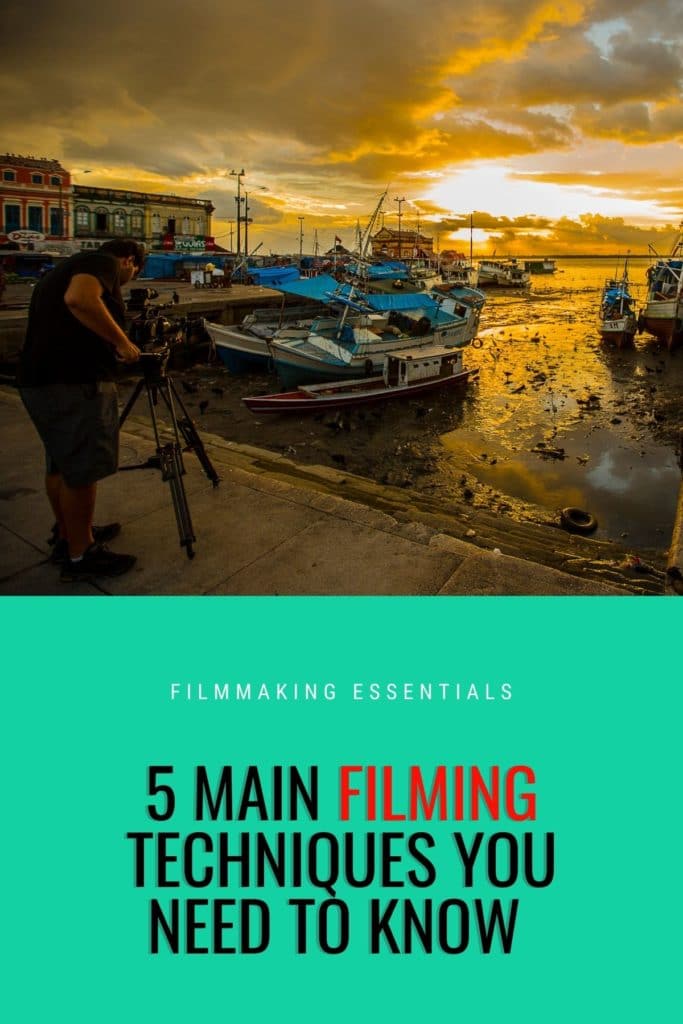
My eyes are dry and bloodshot.
I was up until 3 a.m. doing filmmaking SEO research. That means I watched A LOT of videos about filmmaking.
Too many.
As usual, I was amazed by two things:
- There are an insane amount of videos about filmmaking on YouTube. Literally tens of millions.
- Almost none (that I could find) teach basic filmmaking techniques that will turn you into a good storyteller or help you gain a solid skillset.
One benefit of learning filmmaking in 2013 was that the only people making tutorials on filmmaking were epic nerds discussing tech stuff.
It was easier to narrow the search and find something useful. (The downside was that finding anything out about lighting was nearly impossible.)
Learning Filmmaking Today
But today, you have to wade through hours of flashy videos to find some intelligent nugget that you can put to use.
It’s not the fault of the creators. They have to make videos that are focused on entertainment value to keep viewers engaged.
All that aside, it’s time to do some serious learning.
In this blog post, I’m going to share with you something I’ve never seen in a video and that every beginner filmmaker should know. There are 5 main ways to shoot anything.
Most cinematography books will only talk about the first four methods. But the last one is the most interesting and applicable to run-and-gun shooters.
5 FILMING TECHNIQUES FOR SHOOTING ANYTHING
1) The Most Common Filming Technique: Shooting Coverage
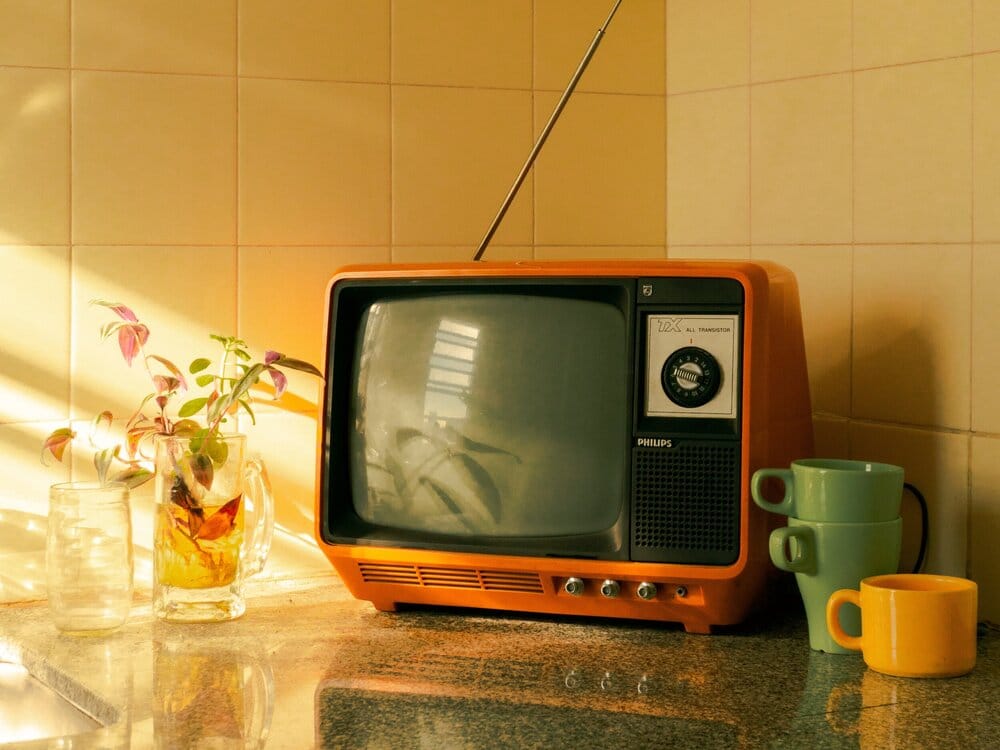
This is what they do for most Hollywood movies and almost all television.
The idea here is to COVER the scene with so many shots and angles that the editor will always have something to cut to. An editor often needs to get a rough cut of a feature film done within 1-2 weeks of a shoot wrapping. For that to be possible, they can’t be struggling to find a take that works.
To shoot coverage, you take a scene and shoot it from start to finish using most or all of the following:
- Wide Shot (this is your Master Shot)
- Medium 2 Shot (if there are 2 characters)
- Dirty Singles (focused on one character but with the other actor visible yet out of focus in the shot)
- Close-Ups
- Extreme Close-Ups if needed (not necessarily of the entire scene)
Then you grab some insert shots to help with the cutting.
An insert is a shot of something that was in the Master, but that might require emphasis. For example, someone’s hands writing something, checking a watch, a clock on the wall, the dog looking up, might be insert shots.
As you can see with this technique, you’re going to be eating up data like it hasn’t seen food in weeks. You’ll have much more footage than ends up going into the final cut. Your shooting ratio will probably be 20:1 i.e. you’ll shoot 20 minutes of video for every 1 minute that goes in the final cut.
But you also won’t be stuck in your edit wishing you had more footage.
This method is used for narratives—not documentaries. It also may be used for high-end promo videos or advertising.
2) Organic Shooting
In this technique, you need 2-3 takes (minimum) to capture a scene fully.
If you’re working a two-person scene, you’ll run the scene from start to finish while focusing on getting a Master of the scene. This Master is your main take. It’s usually a wide shot.
Then you’ll repeat, focusing on the action of Character 1. Then you’ll repeat for Character 2. Then you may repeat again with the focus on picking up inserts.
For this to work, you’ll need to be shooting with a hand-held rig.
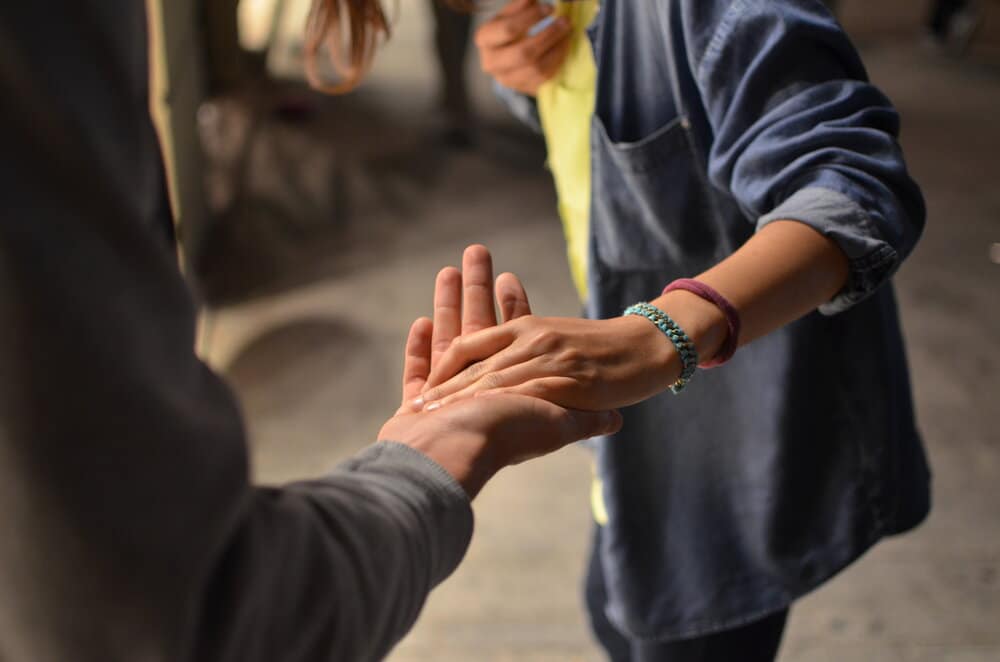
3) The Overlap Filming Technique
This is a technique often used in industrial videos and so-called reality shows.
(Hehe, they aren’t really that real are they!?)
With this technique, you set a shot and film up until the start of a change in the motion or action. Then you change up the shot and get the subject to go back by a couple beats and start the action again so that your footage has an OVERLAP in action.
It’s the overlap in the action that’s key.
This helps match the action when you’re cutting. This method only needs to be used if you’re not compressing time i.e if you need sequential movement to be seamless.
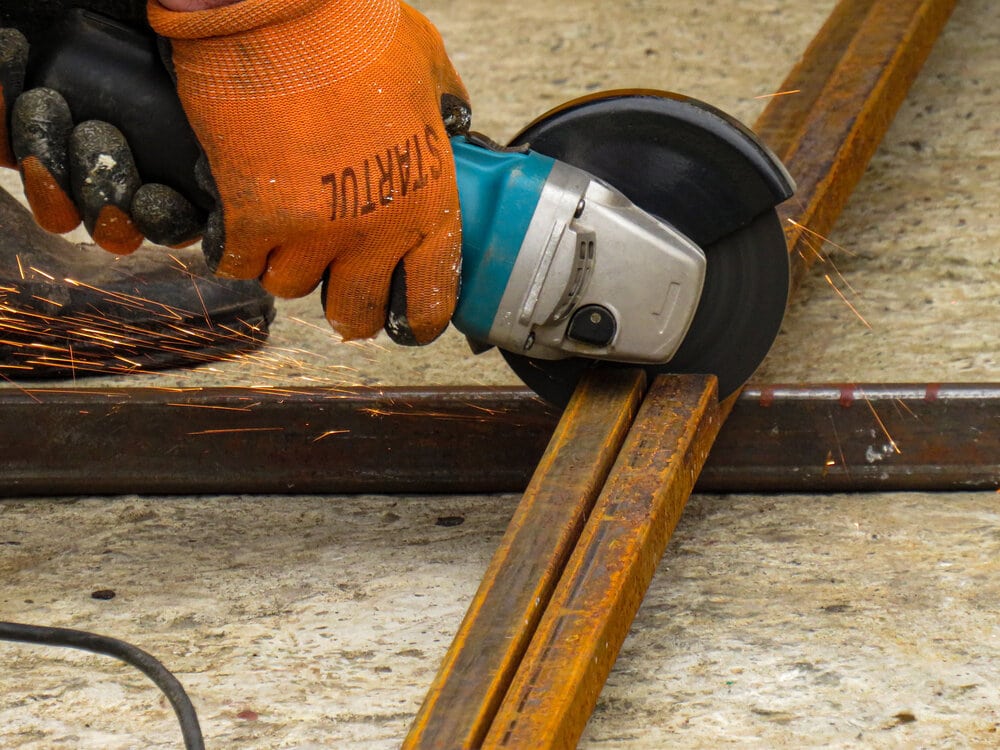
EXAMPLE 1: REALITY TV
Wide Shot: Shooting from behind, the subject walks out onto the patio, next to the pool. You cut the shot right before they jump in the pool. (I.e. You don’t let them jump in.)
Wide Shot: Crossing the line and reversing the shot, you film the subject walking towards the pool and jumping in.
In this example, you’re getting a little bit of overlapped action so you can cut the shots together on the action in your edit. You’ll have a seamless edit with no compression of time.
EXAMPLE 2: DOCUMENTARY
Medium shot: An artist is carving the face of a wooden statue. They’re just about to make an critical cut with their carving knife. You film them until RIGHT BEFORE they make the cut. Then you get them to stop.
Close Up: You get them to start the action again from right before they make the big the cut. This time they follow through on the action.
By overlapping the action in your shooting, you can edit seamlessly. But you’re still able to vary your shots rather than get stuck in one shot angle, position, or size.
5) Captain of B-roll Filming Technique
This is the most boring method of shooting, but you can still create good work doing this.
It’s most common in the news and documentaries.
First, you shoot a ton of interview footage that will act as your story’s spine. The audio is the most important part of this footage. Then you go and shoot B-roll that will help illustrate the points made in the interview footage.
B-roll refers to well-framed shots that can be cut together because they tell a story, but they aren’t connected to each other.
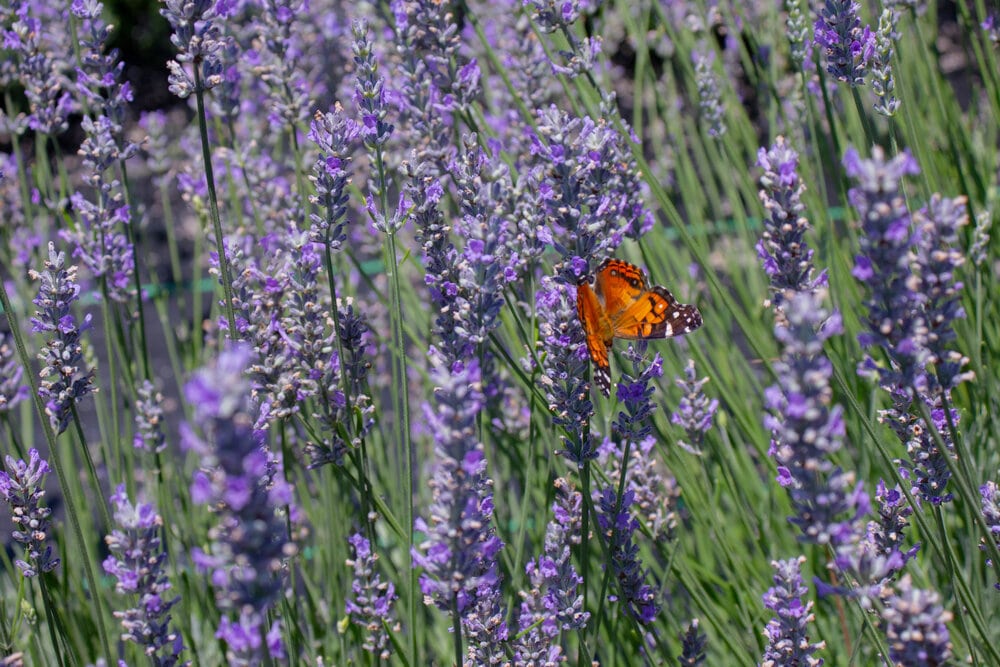
EXAMPLE: DOCUMENTARY
Then you film a ton of wheat-related B-roll: wheat fields, someone harvesting the wheat, a machine cleaning the husks, wheat grain pouring into a bag, etc. These shots are not connected in time and space. They are only connected by theme.
You use these B-roll shots to cover your interview cuts and help tell the story.
5. Run-and-Gun Shot Sequencing
This is my favourite method and what I use (and teach) for creating micro films, brand videos, and anything else you want to create on a budget as a solo filmmaker.
With this technique you’re combining Coverage, Organic, Overlap and B-roll.
In this method, you plan your shots based on the story you want to tell. You capture sit down interview footage and in-the-moment interview footage as needed. Then you capture run-and-gun shot sequences that help tell your story. You combine the overlapping technique with time-compressed shot sequencing.
By creating shot sequences on the fly, your final videos are more cinematic and engaging.
They look less like an old school doc, news story, or portfolio reel and more like a narrative film.
With time-compressed shot sequencing, you shoot a scene focusing on capturing the following shots:
- Wide
- Medium
- Close Up
- Over the Shoulders
- Extreme Close Up.
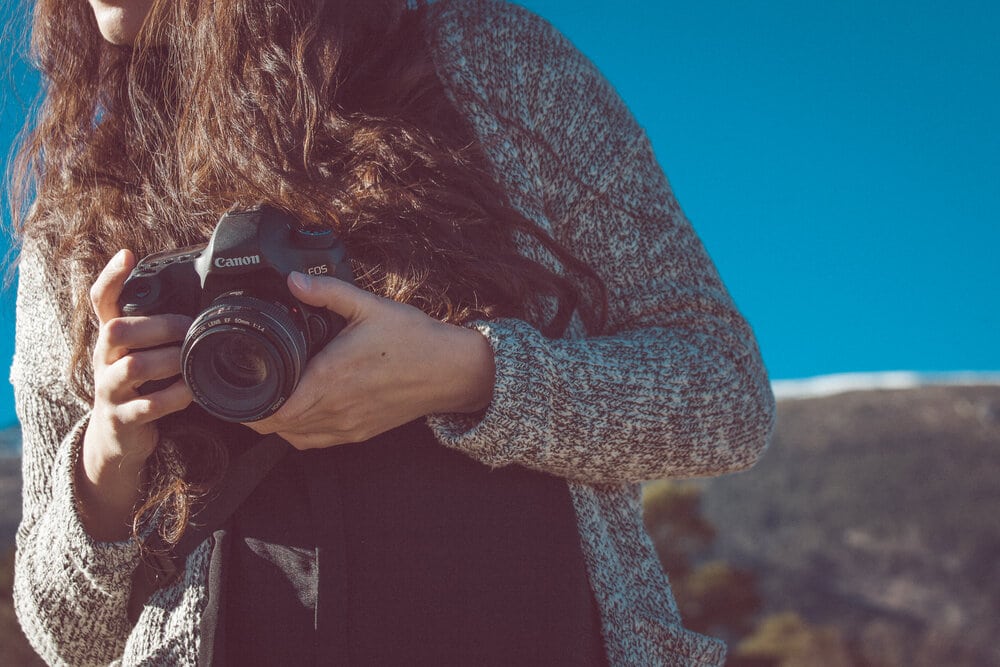
But you do this without stopping the action frequently.
This compresses time, but still creates shots that connect.
You’re not stuck in B-roll land, but you also don’t have to continually do start-and-stops with your subject or direct all the action.
You’ll learn how to shoot using a Run-and-Gun Shot Sequencing method, and you’ll (finally!) create your first real short film. In other words, you’ll become a solo filmmaker in 2021.
You can also learn more about this technique by reading the entertaining book iPhone Millionaire.
Online Filmmaking Course:
The Story Envelope Academy’s 12-week Online Filmmaking Program runs twice per year. You’ll become a solo filmmaker and gain a comprehensive filmmaking skillset. You can get on the filmmaking program waitlist here.
Learn Filmmaking — Keep Reading:
➩ How to Learn Filmmaking? Start with the Fundamentals
➩ How To Get (Beautiful!) Blurry Backgrounds For Your Photos and Videos
➩ Filmmaking Techniques for Lighting the Human Face
➩ The Filmmaking Basics Every Beginner Needs to Know
➩ Three Basic Rules of Visual Storytelling for Filmmaking
➩ How I Got Paid to Learn Documentary Filmmaking
➩ The 10 Elements of a Good Story for Filmmaking (and everything else)
➩ The Definitive Guide to Manual Exposure for Photo and Video
➩ Filmmaking Tools: It Might Be You…Or It Might Be Your Tools
Learn Filmmaking and Get the Gear Guide
If you’re interested in learning filmmaking, check out the Solo Filmmaking Mentorship Program I created for aspiring filmmakers and video creators. It usually goes live once per year. So I recommend getting the Story Envelope Filmmaking letter which comes out a couple of times per month. That way, you can get filmmaking tips for free and find out when the filmmaking course is going live again.
Also, before you go, grab the Solo Filmmaking Gear Guide and Checklist for Beginners.

About the Author
Hi! I’m Colette Nichol. I’m a solo filmmaker and story strategist based out of rainy Vancouver, Canada. I’ve been making videos and micro films for small businesses and global brands since 2014.
Plus, I LOVE to help aspiring filmmakers pursue their dreams and start making films. This blog is designed to help you gain the knowledge you need to become a filmmaker.
If you want more, get on the waitlist for the Story Envelope Academy Solo Filmmaking Mentorship Program. It opens up one time per year and is the best way to become a filmmaking or video pro fast!
CLICK HERE to get on the solo filmmaking mentorship waitlist.